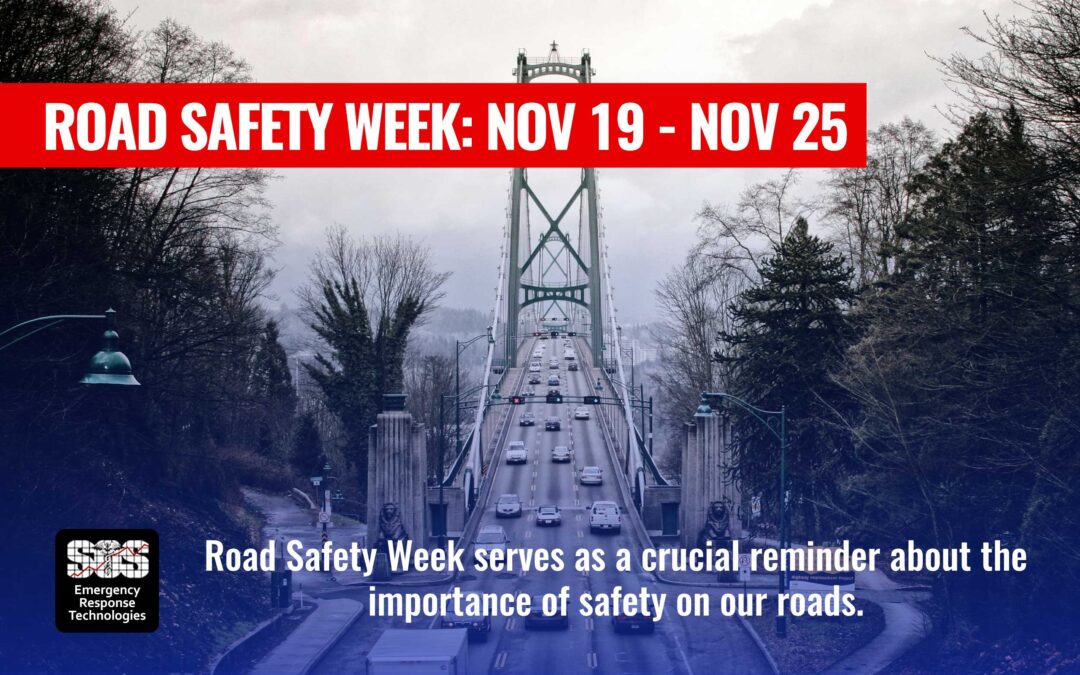
Road Safety Week: 3 Important Kits for Preparedness
Road Safety Week: 3 Important Kits for Preparedness
Every year, Road Safety Week serves as a crucial reminder about the importance of safety on our roads. Held annually during the third week of November, this year’s observance falls from November 19th to November 25th, 2024. It’s a time for communities, businesses, and organizations to emphasize safe driving habits and the value of preparedness for all road users. From ensuring your vehicle is well-equipped to maintaining a responsible driving mindset, Road Safety Week encourages everyone to contribute to safer roadways.
Why Road Safety Matters
Road accidents are a leading cause of injury and fatalities worldwide. Many of these incidents are preventable with the right precautions and awareness. During Road Safety Week, attention is placed on factors like distracted driving, speeding, and impaired driving. However, beyond driving habits, being equipped with emergency supplies can play a significant role in reducing the severity of incidents and helping you respond quickly to emergencies on the road.
Key Kits Every Vehicle Should Have
To ensure the safety of drivers and passengers alike, WorkSafeBC and Alberta WorkSafe advise that all work vehicles have essential first aid and roadside assistance kits. However, these recommendations extend to every vehicle on the road, as accidents, breakdowns, or poor weather can happen at any time.
Here’s a breakdown of three critical kits to have in your vehicle:
1. First Aid Kit
A comprehensive first aid kit should be stocked with essentials to handle minor injuries and help you manage injuries until professional help arrives. Include items like adhesive bandages, gauze pads, antiseptic wipes, scissors, tweezers, and an emergency blanket. Remember, for those who drive for work, having a work-safe compliant first aid kit is not only wise—it’s a requirement.
Get the kit here: BC Personal First Aid Kit – Bag FK1033B
2. Roadside Assistance Kit
A roadside assistance kit is a lifesaver in situations like a breakdown or tire blowout. This kit should include jumper cables, a tire pressure gauge, a flashlight, basic tools, an air compressor, and reflective warning triangles or road flares to alert other drivers of your presence on the roadside.
Get the Auto Emergency Kit – SQ6008
3. Grab-and-Go Emergency Kit
Especially valuable in harsh weather conditions, a “grab-and-go” emergency kit can keep you safe and comfortable if you’re stranded or waiting for assistance. Stock this kit with bottled water, non-perishable snacks, a blanket, a power bank for your phone, gloves, and a compact first aid kit. In cold regions, consider adding hand warmers, an ice scraper, and extra clothing layers.
Get the 1 Person 72hr Basic Emergency Kit SQ6009
Road Safety Week Activities: How to Participate
Engaging in Road Safety Week can be as simple as taking proactive steps for your own safety or encouraging others to do the same. Here are a few ways to get involved:
Check and Replenish Your Vehicle Kits:
Now is the perfect time to check your first aid and roadside assistance kits, ensuring they are fully stocked and up-to-date. Replace expired items and add any new essentials for the season.
Educate Family and Employees:
Talk to your loved ones or colleagues about the importance of road safety and being prepared. Sharing knowledge can foster a culture of safety.
Join Community or Workplace Events:
Many communities and workplaces hold events, training sessions, or workshops on road safety. Participating in these activities can increase awareness and help you stay informed about best practices.
Share Safety Tips Online:
Social media is a powerful tool for spreading awareness. Share tips, stories, or resources about road safety and the importance of being prepared for emergencies on the road.
Be Prepared, Stay Safe!
Road Safety Week is a reminder to always prioritize safety while on the road. By following safe driving practices and ensuring your vehicle is stocked with essential kits, you are taking meaningful steps toward protecting yourself and others.
At SOS Emergency Response Technologies, we are dedicated to providing high-quality emergency supplies to keep you and your loved ones safe on the road.
Remember, the road is shared by everyone-let’s make it safer together.

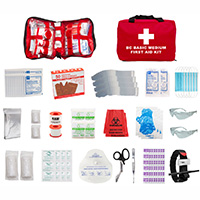
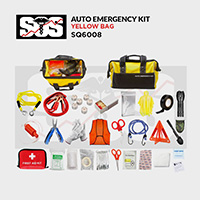
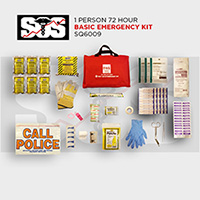


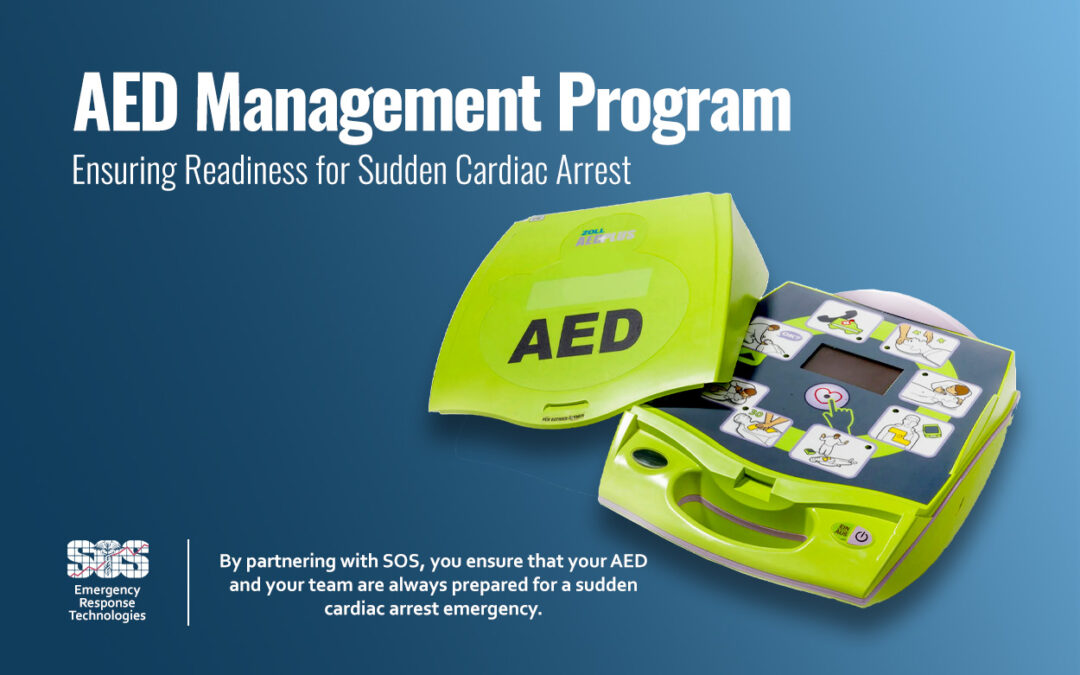
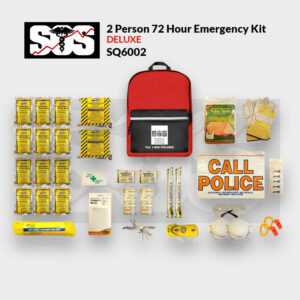
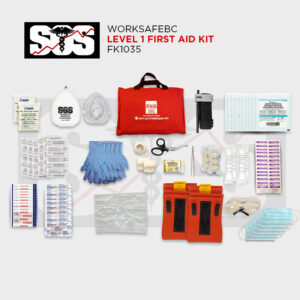
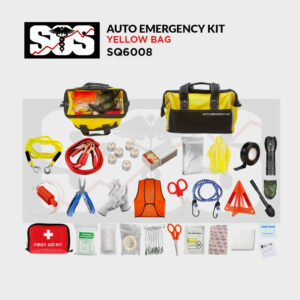
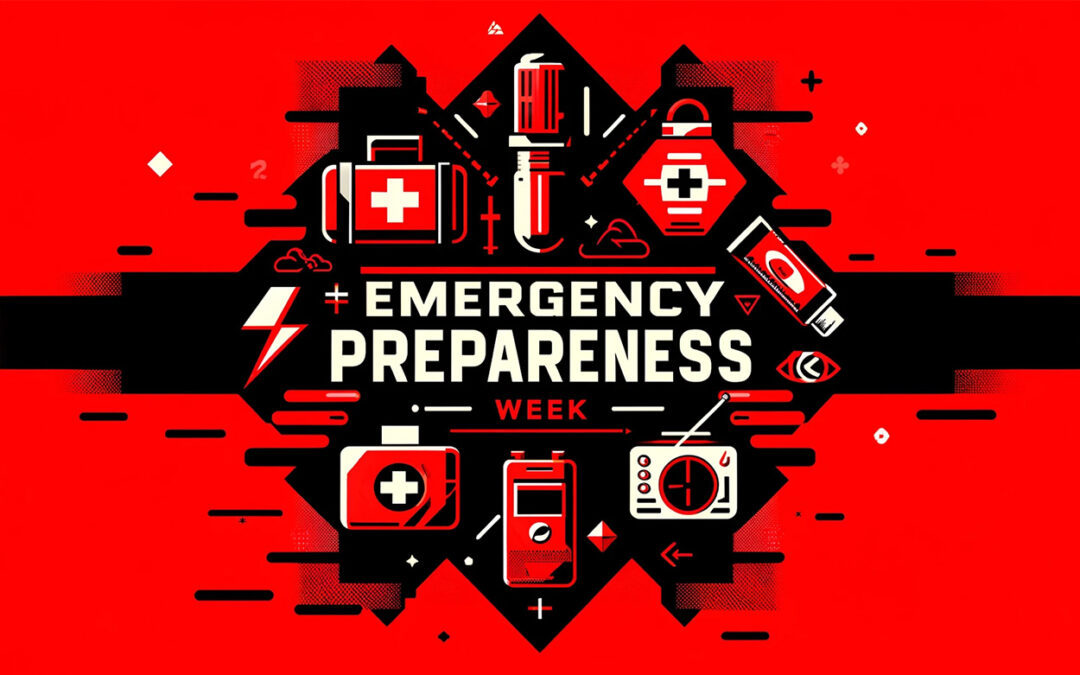
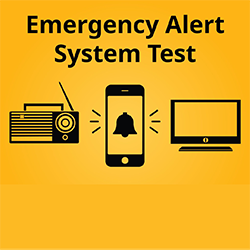
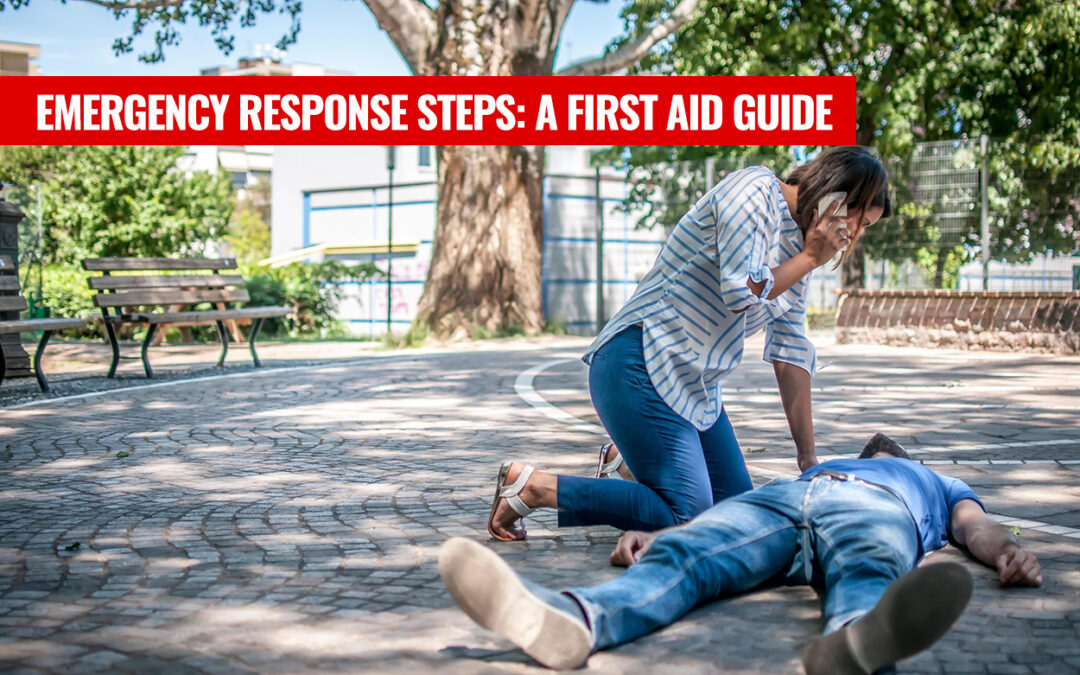
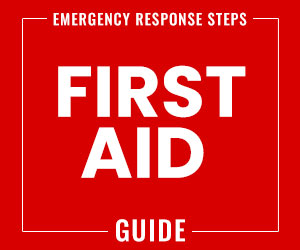 Emergency Response Steps: A First Aid Guide
Emergency Response Steps: A First Aid Guide